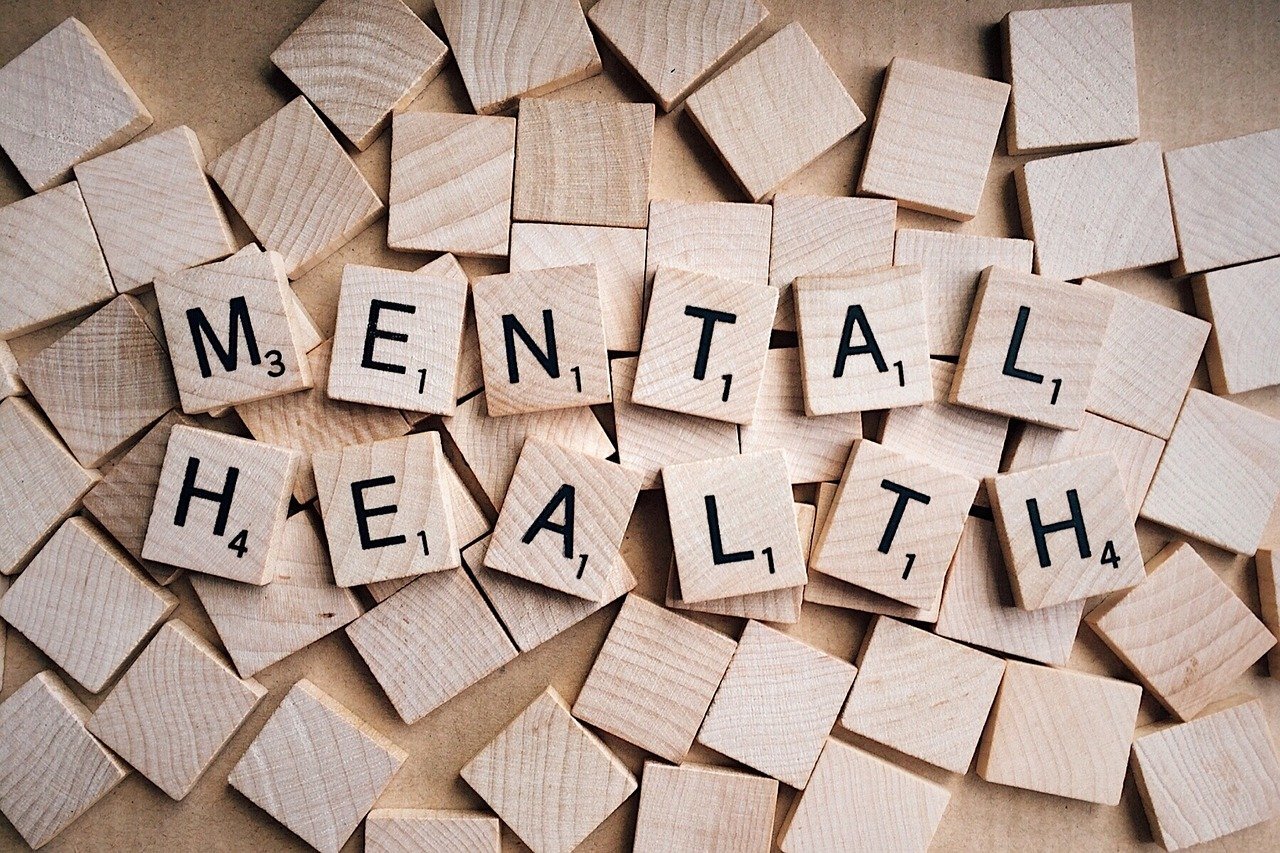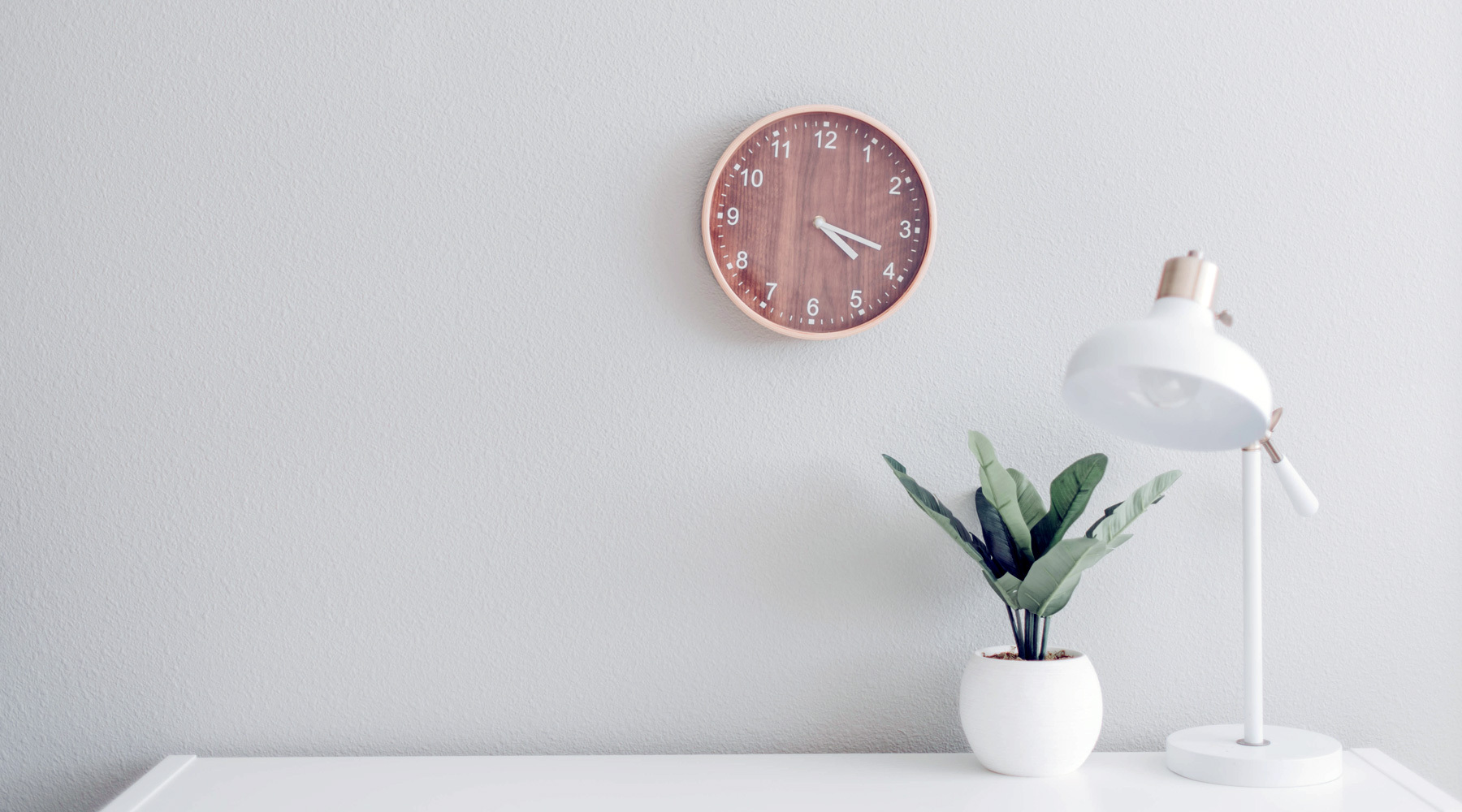
One lesson from the COVID-19 pandemic is that mental health is as critical to employee wellbeing as physical wellness. Many organisations are speaking up about mental health issues on social media, in fact 7 out of 10 businesses celebrate mental health days online but a study by Claro Wellbeing found that only half of those companies offered mental health support to their employees. Companies are now being accused of 'wellbeing washing' for not taking meaningful steps to implement effective wellbeing policies for staff
This is not a new revelation. Over the past decade, many employers and HR professionals had come to recognise the importance of including mental health coverage in their insurance plans and offering employee assistance programs (EAPs) and mental health training.
In this time, more companies are actively finding new and creative ways to support the mental health of their staff. These measures are “new and creative,” because they go above and beyond the standard mental health support that many employers already offer.
Examples of creative ways to support staff mental health:
Here are five examples of how businesses are prioritising employee mental health in innovative ways.
1. Make room for mental health. Literally.
Create a whole room devoted entirely to rest, relaxation, meditation, creative inspiration or just games and play. Consider giving the room a name and ambience that convey a sense of safety and retreat or fun and play.
If a whole room is not possible, something as simple as comfy couches around a coffee table can be an invitation to reboot, decompress or socialise with co-workers. Alternatively, an outside space might do the same.
Employers can also allocate time during the working day or week for sharing an uplifting quote and reflection, or maybe hosting a live meditation session. Even just five to 10 minutes of meaningful affirmation, maybe coupled with some quiet time for journaling or meditation, can be an opportunity to rediscover a sense of purpose, gratitude and/or centeredness.

2. Make mental health a company value and a key performance indicator (KPI).
When employees know that self-care is now one of their performance measures, this helps to reinforce the message that mental health is a company value. Suddenly saying “we care about mental health” or “mental health matters” sounds more genuine.
What is good for one person’s mental health will not necessarily be the same for someone else’s. So with KPIs, letting employees set personal goals is more helpful and supportive. Instead of prescribing a rigid list of “to do’s,” consider providing some general examples of KPIs that employees can choose from and personalise.
For instance, two people may both want clearer work-life boundaries but may need different strategies to get there. One of them may start an exercise routine after work to draw the line between work and personal life; the other may prefer using an app that turns off work email and alerts at a certain hour of the day. When employees have some autonomy to choose what options will work best for them, the process itself can help them internalise the message that “my mental health is a priority.”
3. Emphasise work outcomes first.
Work outcomes are important and deserve to come first. However draconian rules about when to clock in and out may not be the best way to achieve these outcomes. In fact, studies have shown that for employees who do not have to work a rigid schedule, greater flexibility can increase their satisfaction, engagement, retention, productivity and (in the case of full-time, remote workers) the overall time that they give to work.
When employees have more freedom and flexibility alongside the accountability, they are better able to keep those self-care commitments that are good for their mental health. Maybe it’s a weekly therapy session, lunch with a friend or a morning running group—or all of the above. The pay-off in mental health dividends and employee productivity is worth it.
4. Ask your staff what they want.
Poll your employees on what, if any, mental health or meditation apps they might use if they could get them for free. Then make those subscriptions accessible free-of-charge.
Nowadays when there is an app for just about everything, this may require doing some preliminary research on the top mental health apps out there. For example, many people use the popular mindfulness app Headspace for guided meditations and tips for coping with stress, anxiety and depression. But there is a whole industry that consists of mental health apps for employers and the people they employ, which may entail doing some research into what they really offer.
Employees can also be a good source of information. When surveyed, they could provide more information about the types of mental health support they would want out of an app. They might even be able to suggest apps that they would want to subscribe to.

5. Organise fitness challenges and outdoor offerings.
This does not have to be on a par with—for fans of the TV series “The Office”—“Michael Scott’s Dunder Mifflin Scranton Meredith Palmer Memorial Celebrity Rabies Awareness Pro-Am Fun Run Race for the Cure.” A fitness or outdoor challenge does not need the level of ambition or high-minded publicity of a Dunder Mifflin “Fun Run.” It can be simple, informal, optional and fun.
An abundance of research has underlined the benefits of physical exercise for mental health and how getting outdoors can be therapeutic. An outdoor fitness challenge can be as simple as a team walking competition. (Conveniently, there are even wellness apps that can simplify the organisation, by logging total distance or calories.) In addition to getting outside and becoming more active, employees will be able to connect in fun, positive, and teambuilding ways.
Conclusion
These creative ways in which companies are providing support for their staff mental health are hopefully here to stay, pandemic or not. They also represent real progress in understanding and caring for employee wellbeing.



